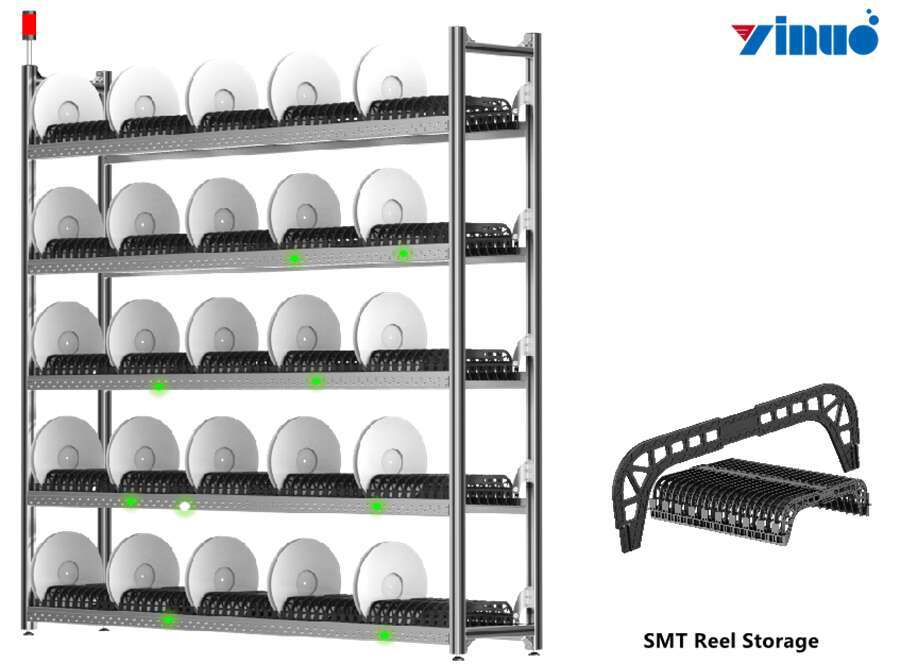Silicon micropowder has been widely used in copper clad laminate for more than ten years, and its surface treatment technology has always been a hot topic of inorganic filler used in copper clad laminate. Surface modification of filler:
(1) It can reduce the interaction between particles, effectively prevent particle agglomeration, reduce the viscosity of the whole system and increase the fluidity of the system;
(2) The compatibility between particles and resin matrix can be enhanced, and filler particles can be uniformly dispersed in glue.
Generally speaking, the finer the particle size of silica fume, the larger the specific surface area, and the higher the viscosity of glue with the same filler content, the more difficult it is to disperse. Therefore, the surface modification of ultra-fine silica fume is particularly important.
Different from conventional silica micropowder, ultra-fine silica micropowder has a large specific surface area ratio, so the amount of modifier should be increased correspondingly. In addition, ultra-fine silica powder has a large oil absorption value and is not easy to disperse. Therefore, modifiers to reduce viscosity and improve dispersibility should be selected.
The key to the surface modification of silicon micropowder lies in how to make the modifier evenly dispersed on the particle surface, and at the same time ensure the chemical bonding conditions between the modifier and the particle surface. Ultra-fine silica powder has a large specific surface area, so how to make the modifier evenly dispersed on the particle surface is a difficult problem for silica powder manufacturers.
Because the dry process of copper clad laminate is relatively simple and the production cost is relatively low, at present, the surface modification of silicon micropowder in China basically adopts this process. However, the specific surface area of ultra-fine silica powder is relatively large, and the treatment agent can not be uniformly dispersed on the surface of particles only by mechanical dispersion of equipment, so the effect of dry modification is poor.
Wet modification is carried out in liquid phase, and the modifier can disperse the surface of particles relatively evenly. Generally speaking, the modification effect is good, but the wet modification process is complex, requiring drying and depolymerization process, and the production cost is high, but the wet modification effect is better.
Dry modification is generally recommended for conventional silicon powder used for copper clad laminate, and it has been verified that dry modified products are used as fillers for aluminum-based copper clad laminate. Dry process is recommended for 8μm cut (big grain cutting point, the same below) and 6μm cut considering the comprehensive cost and performance, and wet process is recommended for products with 5μm cut and below. For finer products, gas phase synthesis has been used for surface modification.

